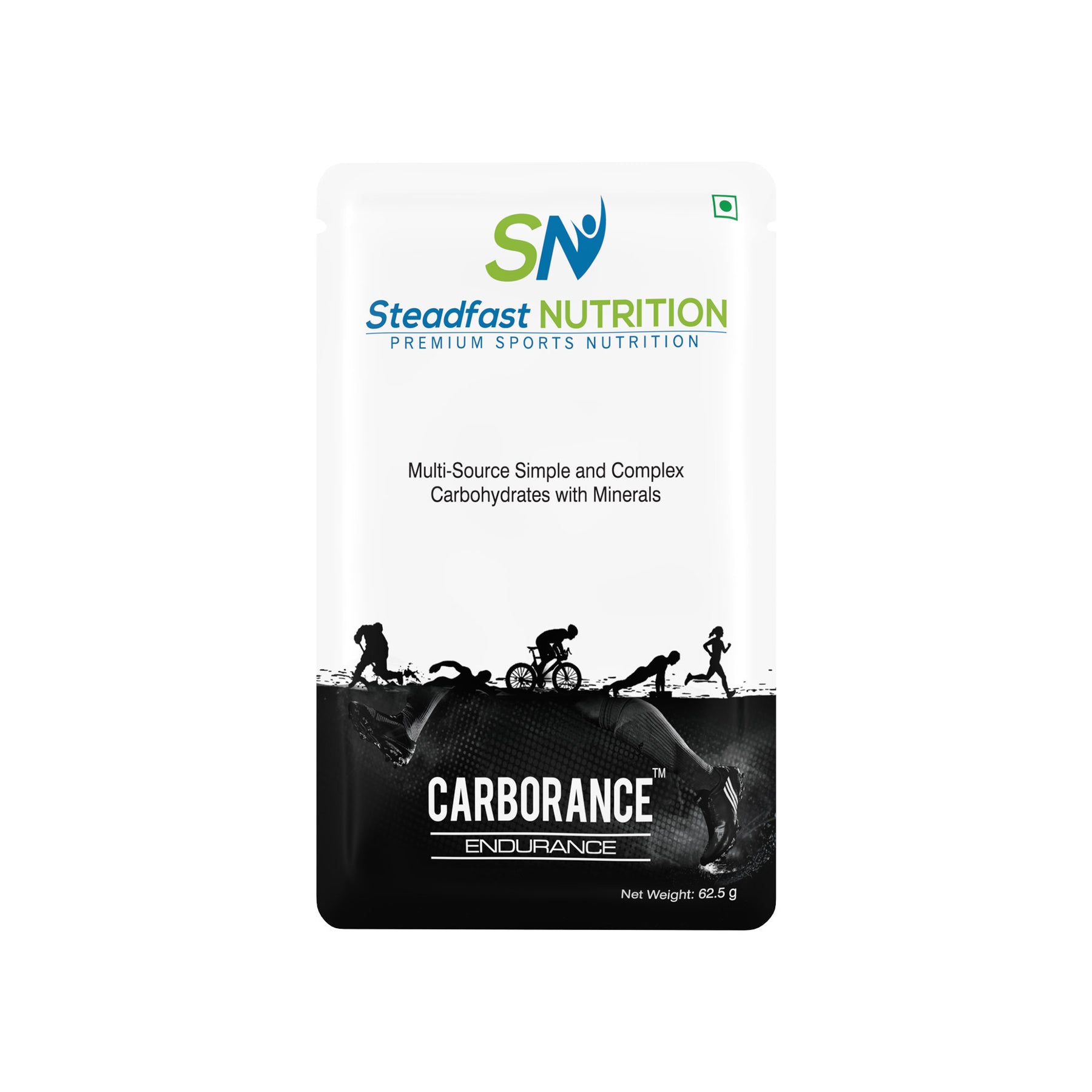
Football also referred to as association football or soccer game is the world’s most popular sport. In this game there are two teams playing against each other, with each team consisting of 11 players who defend goals at opposite ends of a field. Their aim is to steer the ball into the opposing team’s goal post. Only the goalie or ‘goalkeeper’ is permitted to manoeuvre the ball and may do so only within the penalty area surrounding the goal. The team that scores more goals wins. The physical demands of best match-play have increased in the past few decades. The modern matches include more of passes, runs with the ball, dribbles and crosses, which collectively suggests a significant increase in the tempo or pace of the matches. The number of matches played per season have also increased. The frequent matches combined with an inadequate recovery, can potentially lead to underperformance and/or an increased risk of injury (Dupont et al. 2010; Nedelec et al. 2012). The key for maintaining high-performance levels during the training and final game is to accelerate recovery, achieve and maintain an optimal body weight and physical condition, and minimise the risk of injury and illness. The physiological demands of footballers are challenging and vary greatly depending on their nature of training, playing schedules and intensity of play, thus proper dietary practices should be followed (Ranchordas 2016; Maughan 2006).
POPULARITY
The Fédération Internationale de Football Association (FIFA) estimated that at the turn of the 21st century there were approx. 250 million football players & approx. 1.3 billion people interested in football (Alegi et.al, Encyclopaedia Britannica).
EXERCISE PHYSIOLOGY
Football is an intermittent team-based sport. Players perform low-intensity movements (e.g. walking, jogging, standing) for more than 70% of the match, along with approximately 150–250 intense actions that include maximal sprinting, turning, tackling and jumping, as well as accelerations and decelerations (Bangsbo, 1994; Bloomfield, 2007). During a match fatigue may occur temporarily after a short-intense period during both halves and progressively towards the end of each half (Bangsbo, 2014). The total distance covered through high-intensity running by active players in the last 15 min of a match is 14–45% lower than that observed during the first 15 min (Mohr, 2003). But, the distance run at high intensity can remain constant throughout the second half, because of pacing strategies (Carling, 2010). Players perform fewer actions at low to moderate intensities to spare their energy(Carling, 2013). Jumping, sprinting and intermittent exercise performance, when evaluated after a match, seems to be significantly lower compared to baseline values.(Mohr, 2005, Mohr, 2004, Krustrup, 2006). Altogether these findings suggest that, at a high level of game players experience fatigue towards the end of the match and temporary fatigue in-between the match.
ENERGY REQUIREMENT
For a football player, it is very important to provide adequate energy to meet the challenges of high-intensity, intermittent exercise. Mean energy expenditure (above rest) for a match has been estimated to be approximately 1107 Kcal (Osgnach, 2010), whereas 3442 to 3824 kcal per day were estimated for daily training (Reilly, 1979). Anderson et al (2017) reported that mean energy expenditure of elite soccer players was approximately 3,566 kcal during a seven-day period including five training days and two matches. Along with this the total requirement also depends on individual factors like body size and composition. Also, there are huge differences in energy expenditure depending on training load, player position, environmental conditions and tactics (Anderson, 2016; Ranchordas, 2016; Bangsbo, 2006).
RECOMMENDED INTAKE OF MACRONUTRIENTS IN DIFFERENT SITUATION ( INCLUDING HYDRATION )



HOW TO MEET THIS HIGH ENDURANCE NEED?
From the above-mentioned studies, we can conclude that carbohydrate supplementation and in particular carbohydrate dense energy drinks are one of the most frequently used products during the game. Carbohydrate is one of the main nutrients in our diets and provides the body with an essential source of energy. The body can store excess carbohydrates as glycogen in the muscles and liver, but its storage capacity is limited (e.g. liver glycogen runs out after about 28 hours of fasting).

Our body relies on carbohydrate as a fuel store to acquire energy for endurance activities. Therefore keeping these stores adequately stocked is crucial for footballers who often need to perform high intensity exercises.
When body carbohydrate stores are inadequate it cannot meet the energy needs of the activities being performed. This can cause fatigue, reduced training ability, impaired performance and reduced immune system function, which can impact on recovery of footballers. This situation is very critical in the practical scenario, as it leads to severe water and electrolyte loss. If plain water is given in this phase, only a little water loss can be replenished. Thus, Instant energy drink supplementation is very much required. It is not necessary that the amount of dehydration should normally be limited to a loss of less than about 2% of body weight ( ie, 1.0 kg for 50 kg person,1.5 kg for a 75 kg person, and 2 kg for a 100 kg person ).
Commercial sports drinks with carbohydrate content are becoming popular nowadays. Steadfast Nutrition, a premium sports company with its main USP as their thorough researches about organs and the correlative effects. The products come in a 3 - layered packaging sachet form. Carborance is basically carbohydrate for endurance activity. It is the best energy drink for athletes, because like other market products it not only gives instant energy but its unique composition also provides instant energy as well as sustained energy altogether with essential electrolytes. It contains maltodextrin and pre-gelatinised corn starch as complex sugar which provides the sustained energy along with sucrose and fructose as simple sugar that provides instant energy. Along with others it contains sodium chloride which fulfils the electrolyte requirement. This product is available in a sachet form per serving which is easy and safe to use. 1 sachet (61 gm) provides approx. 231.8 kcal energy / serving and 57.95 gm of carbohydrates.
So, endurance athletes can consume Carborance before, during and after the competition. Before the competition, it is usually preferred to achieve the optimal ‘carb-loading’ which provides energy for longer duration activities like race or for training less than 2 hrs. During the competition, it helps in replenishing the glycogen store to prevent fatigue, dizziness and vertigo which may occur in-between competition due to less glycogen store or dehydration. After the competition, it favours the rebuilding of lost glycogen store.
CONCLUSION
Carborance is beneficial for endurance athletes particularly for those who indulge in more than 2 hrs of high-intensity exercise. Not only is it suitable for endurance athletes like footballers, cricketers, swimmers, road bikers, mountain bikers, etc. but also for strength athletes like a bodybuilder or powerlifter. Because of its unique property of giving energy for both short and long-term duration without the addition of any artificial energy boosters or preservatives, it is a safe and ideal option to opt.
REFERENCE
1. Dupont, G., Nedelec, M., McCall, A., McCormack, D., Berthoin, S., Wisløff, U. (2010).Effect of 2 soccer matches in a week on physical performance and injury rate. Am. J. Sports Med., 38, 1752–1758
2. Nedelec, M., McCall, A., Carling, C., Legall, F., Berthoin, S., Dupont, G. (2012).Recovery in Soccer Part I—Post-Match Fatigue and Time Course of Recovery. Sports Med., 42, 997–1015
3. Ranchordas, M. Nutritional Needs.(2016).In Soccer Science, Strudwick, A., Ed., Human Kinetics: Champaign, IL, USA
4. Maughan, R. Nutrition and Football: The FIFA/FMARC Consensus on Sports Nutrition, Routledge: Abingdon, UK, 2006
5. Alegi, P.C., Giulianotti, R.C. Rollin, J., Weil.E., & Joy, B. (2018).Football Soccer. Encyclopaedia Britannica. Retrieved from www.britannica.com/
6. Bangsbo, J.(1994).Energy demands in competitive soccer. J. Sports Sci., 12, S5–S12
7. Bloomfield, J., Polman, R., O’Donoghue, P.(2007).Physical Demands of Different Positions in FA Premier League Soccer. J. Sports Sci. Med., 6, 63–70
8. Mohr, M., Krustrup, P., & Bangsbo, J.(2003).Match performance of high-standard soccer players with special reference to development of fatigue. J. Sports Sci., 21, 519–528
9. Bangsbo, J.(2014).Physiological demands of Football. Sports Sci. Exch., 27, 1–6.
10. Carling, C., & Bloomfield, J.(2010).The effect of an early dismissal on player work-rate in a professional soccer match. J. Sci. Med. Sport, 13, 126–128.
11. Carling, C., & Court, M.(Ed.).(2013).Science and Soccer: Developing Elite Performers, Routledge: Abingdon, UK
12. Mohr, M., Krustrup, P., & Bangsbo, J.(2005) Fatigue in soccer: A brief review. J. Sports Sci., 23, 593–599
13. Mohr, M. Krustrup, P., Nybo, L., Nielsen, J.J., Bangsbo, J.(2004).Muscle temperature and sprint performance during soccer matches—Beneficial effect of re-warm-up at half-time. Scand. J. Med. Sci. Sports, 14, 156–162.
14. Krustrup, P., Mohr, M., Steensberg, A., Bencke, J., Kjaer, M., Bangsbo, J. (2006).Muscle and blood metabolites during a soccer game: Implications for sprint performance. Med. Sci. Sports Exerc., 38, 1165–1174
15. Osgnach, C., Poser, S., Bernardini, R., Rinaldo, R., di Prampero, P.E.(2010) Energy cost and metabolic power in elite soccer: A new match analysis approach. Med. Sci. Sports Exerc., 42, 170–178.
16. Reilly, T., Thomas, V.(1979)Estimated daily energy expenditures of professional association footballers. Ergonomics, 22, 541–548.
17. Anderson, L., Orme, P., Naughton, R.J., Close, G.L., Milsom, J., Rydings, D., O’Boyle, A., Di Michele, R., Louis, J., Hambley, C., et al. (2017)Energy Intake and Expenditure of Professional Soccer Players of the English Premier League: Evidence of Carbohydrate Periodization. Int. J. Sport Nutr. Exerc. Metab., 1–25.
18. Anderson, L., Orme, P., Di Michele, R., Close, G.L., Morgans, R., Drust, B., Morton, J.P. (2016).Quantification of training load during one-, two- and three-game week schedules in professional soccer players from the English Premier League: Implications for carbohydrate periodisation. J. Sports Sci., 34, 1250–1259.
19. Bangsbo, J., Mohr, M., Krustrup, P. (2006).Physical and metabolic demands of training and match-play in the elite football player. J. Sports Sci., 24, 665–674.
20. Oliveira, C.C., Ferreira, D., Caetano, C., Granja, D., Pinto, R., Mendes, B., & Sousa, M.(2017).Nutrition and Supplementation in Soccer.MDPI.


 Buy Now
Buy Now



